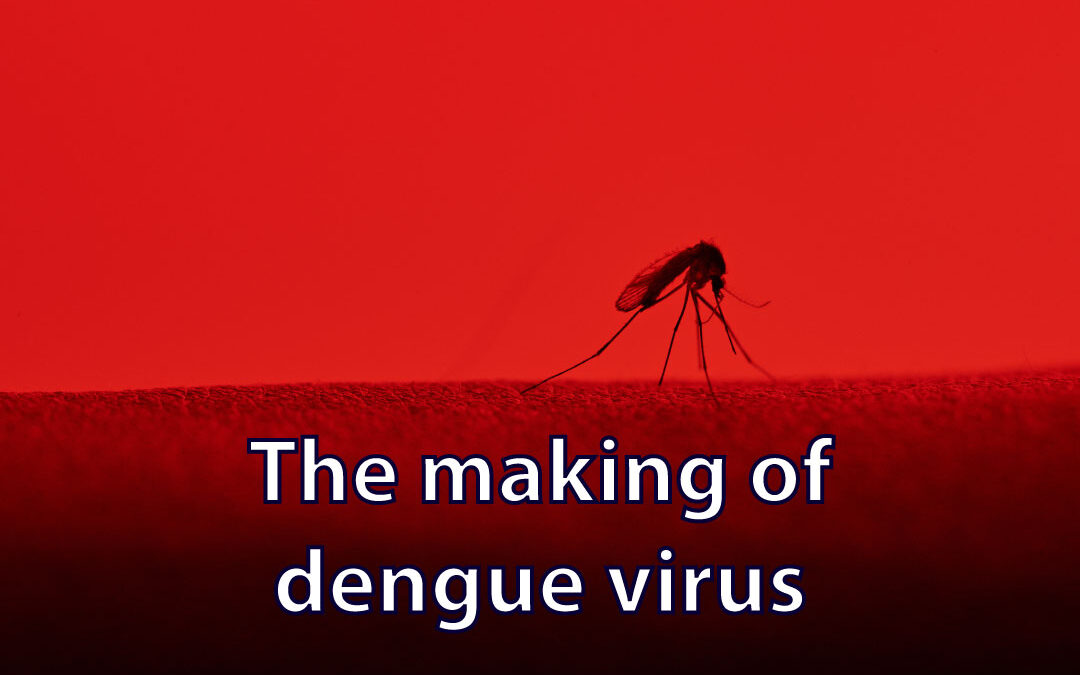In the first blog of our dengue series, we described dengue’s 5′ untranslated region (UTR) – a relative short sequence (around 100 nucleotides) that includes two elements essential for genome replication: (i) the promoter for RNA synthesis, (known as stem-loop A), and (ii) a cyclization sequence that mediate long-range RNA-RNA interactions.
Relative to the 5′ UTR, the DENV 3’UTR is longer (around 450 nucleotides) and lacks a poly(A) tail, but contains a number of conserved RNA structures that are essential for viral replication.
An intriguing feature of the dengue 3′ UTR is the presence of duplicated RNA structures: there are two almost identical stem-loop structures (SLI and SLII), two similar dumbbell elements (DB1 and DB2), and a highly conserved stem-loop (3′SL). The two pairs of duplicated RNA elements (SLI-SLII and DB1-DB2) acquire secondary structures that can stabilize the genome and prevent its degradation. Also, during infections, SLI and SLII are responsible for the generation and accumulation of noncoding viral RNAs as products of incomplete genome degradation, known as subgenomic flavivirus RNAs (sfRNAs). These sfRNAs play important roles in counteracting antiviral responses in mosquito and human cells.
The two DB elements also contribute to increased sfRNA production. Besides this, the DB structures have been reported to differentially regulate genome cyclization, which is a conformation required for viral RNA synthesis. Specifically, sequences within DB1 hybridize with a region present in the capsid coding sequence, promoting genome cyclization.
The biological significance of having two almost identical RNA structures in the 3’ UTR of flaviviruses remains unclear. Interestingly, an extensive pan-flavivirus sequence analysis proposed that repeated motifs and duplications were associated with the viral evolutionary process of acquiring multiple hosts (mosquitoes and humans), conferring robustness during host switching.
The 3’ end of the dengue genome folds into a highly conserved stem-loop, forming a structure termed 3′SL. Detailed analysis of the structure-function of the 3′SL in West Nile virus, dengue virus, and yellow fever virus revealed a crucial role of this RNA element for flavivirus replication. Upstream of the 3′SL, there is another RNA element essential for replication, the cyclization sequence CS1, which is complementary to a sequence present at the 5’ end of the genome. Long-range, 5′–3′ RNA–RNA interactions have been shown to be necessary for RNA replication in dengue virus.




